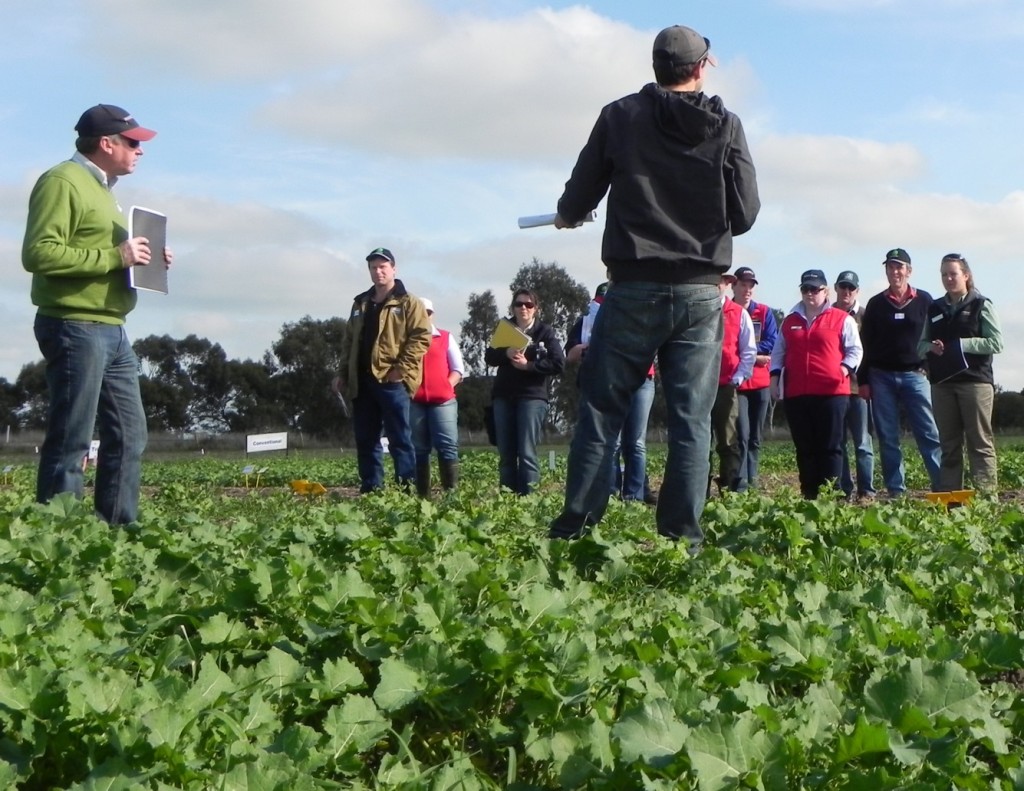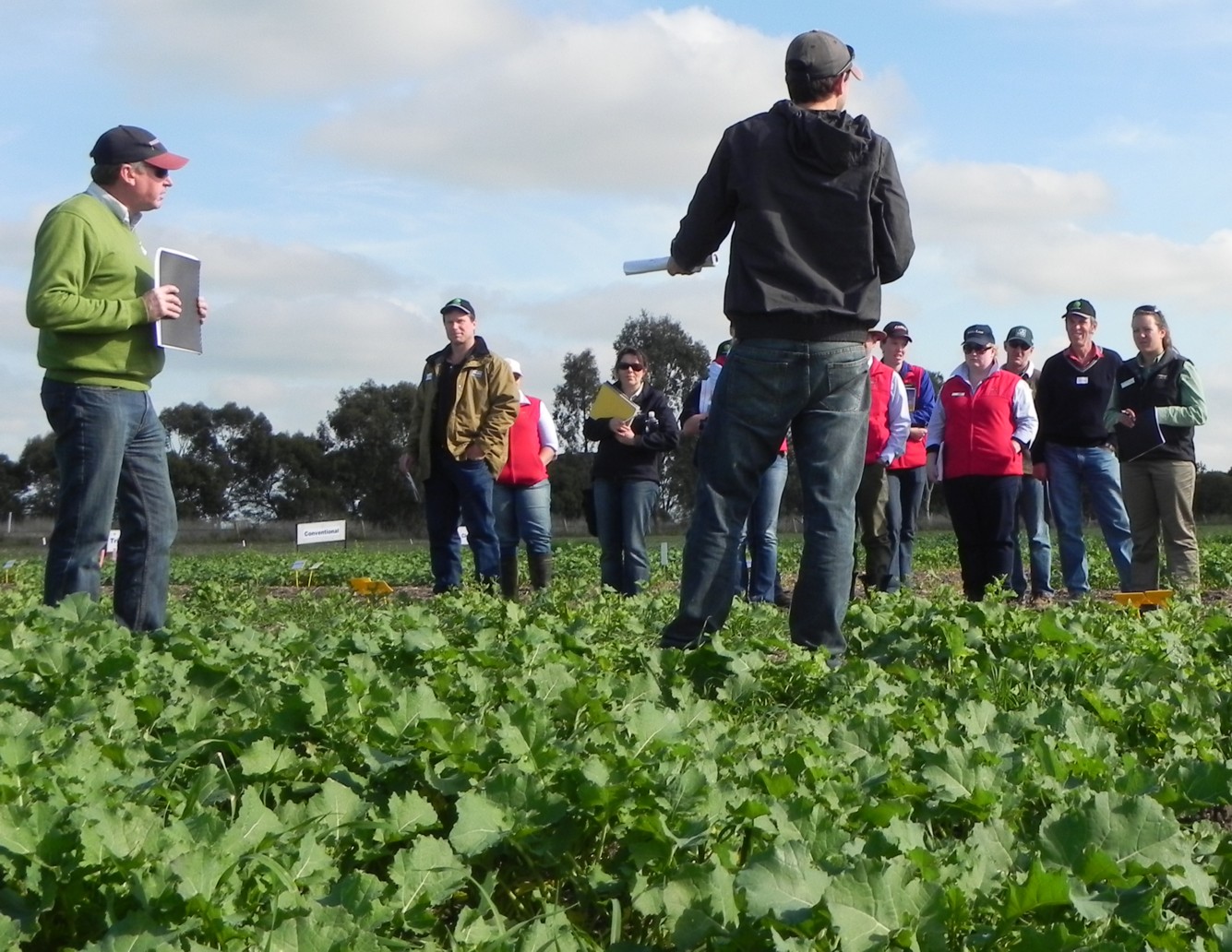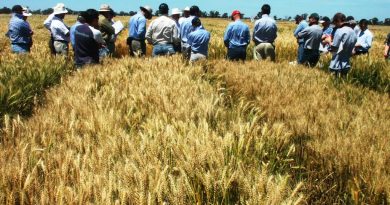Leading ag scientist critical of Jeffery’s appointment
By Patrick Francis
Dr David Smith is the quintessential agricultural scientist. Now retired, Smith has been at the forefront of agricultural science education, research, administration and extension across southern Australia for 40 years. He is unequalled in breadth of knowledge and experience of scientific changes which have taken place since the 1960s. With this background he is ideally placed to assess the Soils for Life approach to securing a future for agriculture. He is unimpressed. This assessment is significant because his views represent the dominating paradigm in Australian agriculture.

Smith contends there are two versions of the history of farm land management and the situation in Australia today:
- Version A the miserable state – where 60% of the farms are degraded, erosion is rife, soil water is poorly understood and badly managed, agencies do not cooperate. This is the inaccurate and misleading assessment.
- Version B the science based state – after a century of farming, organisations were established to research problems, and working with farmers there has been a remarkable transformation of lands with farmers leading the world in the 2000s. This is the accurate assessment.
Michael Jeffery and Soils for Life he says are associated with Version A which is why his appointment as Advocate for Soils is inappropriate. According to Smith there are a range of examples across agricultural management which “…illustrate the reason why Soils for Life disturbs mainstream practioners”.
“Perhaps the most fundamental difference between Soils for Life and the long established approach of the main body of scientists and farmers relates to process: the latter see a dynamic system, with a gathering and feeding of ideas, encouraging new thinking, testing with soundly designed experiments, evaluating and if appropriate encourage adoption”. This he says is the essence of sustainable agriculture and is in stark contrast to what Jeffery contends by saying “…change is required now, …from current practices to leading ones that will be truly sustainable, …the program is expected to take up to 15 years to complete”.
According to Smith this is the antithesis of the approach taken to new knowledge by the majority of scientists. Apart from this issue he contends “many of the activities now ‘discovered’ (by Soils for Life) have been key features of mainstream farming for generations. Many other (of its) ideas have been analysed, researched and absorbed, or dispatched.
“Another major issue is use of chemicals. Soils for Life allege mainstream scientists use chemicals and inorganic fertilisers too readily. In this they lean strongly toward the organic movement. It misunderstands the context of such use. Use in mainstream commercial farming has been based on logical, scientific analysis, not prejudice. So much of the material used in organics is unknown in content of critical nutrients”.
Smith is not opposed to all Soils for Life and Jeffery’s farm management approaches and says there is some common ground.
“We can share with Soils for Life our comprehensive understanding of soil carbon sequestration and carbon farming, alarmed that it has cited a target of 5% for soil organic matter. A bit above 2% is a realistic value for much of our farmland. We can also share…that the nation must be ever vigilant in managing its soils resources, that agricultural research must not be starved of resources, that there must not be division and duplication of effort.
“Where such knowledge and activity is concerned, process and integrity matter more than eminence. Ensuring proper engagement, integrating all of the activities and fairly benefiting from having an Advocate for Soils who can whisper in the ear of the Prime Minister, will be a challenging task,” Smith says.
While Smith claims agricultural science has some common ground with Soils for Life there are plenty of examples of published papers which either dismiss, undermine or try to disprove farming methods it advocates. A typical example stems from a recent MLA report written by agricultural scientists in consulting practices about “potential for information technologies to improve decision making for the southern livestock industries”. Ten key areas where more precise data would benefit decision making were identified, what topped the list was knowledge about soil fertility and pasture biomass.
However, in covering soil fertility measurement knowledge gaps and opportunities, the consultants referred to soil nutrient status and pH and did not mention collection of data about soil organic matter or the soil biology associated with it.
Another classic example of agricultural science working against alternative farming methods involved a paired paddock pasture trial in southern NSW. The agronomist wanted to show if strategies like holistic grazing versus set stocking, perennial dominance versus annual dominance, inorganic P fertiliser versus no fertiliser had any impact on stocking rate. It was not surprising to read that there was little difference between the results across the paired paddocks except in the case of applying superphosphate versus nil superphosphate. The agronomist’s conclusion: superphosphate significantly increased stocking rate. What the agronomist failed to describe in the reader friendly version of the results was that all the sites were phosphate deficient and irrespective of management or pasture varieties in place it was limiting carrying capacity. Correcting the deficiency had the desired effect, but had other management strategies been carried out under higher phosphorus levels they may have also demonstrated significant improvements.
There is one other critical issue that Smith’s “common ground” scenario does not cover, and that is agricultural science’s inability to account for a multitude of variables impacting on outcomes together. Scientific method usually aims to reduce variables to one or two factors. For example, holistic grazing methods require a paradigm shift in thinking about farm ecosystems and livestock welfare as well as income per hectare; they also involve risk decisions associated with finance and climate resilience as well as personal satisfaction associated with lifestyle and food quality. In contrast set stocking or short rotational grazing or technograzing embraces fertiliser inputs, feed inputs and gross margins. Agricultural scientists have been running trials for nearly two decades to compare holistic grazing management with conventional grazing and usually declare “no or insignificant difference”. But their measures of success are narrow focused, such as production per hectare, and or gross margin per hectare. They cannot put a value on associated outcomes such as ecosystem health, or on risk abatement, or on personal satisfaction of running livestock without stress.
What the issue of the Advocate for Soils position demonstrates is that Smith and Jeffery have legitimate approaches to soil health but neither have the blue print for the way ahead. In fact, there is no one blue print, rather a collection of approaches which farmers should be given more opportunity to learn about without bias and to then consider for adoption to meet personal, family, ecosystem, marketing and financial needs.


